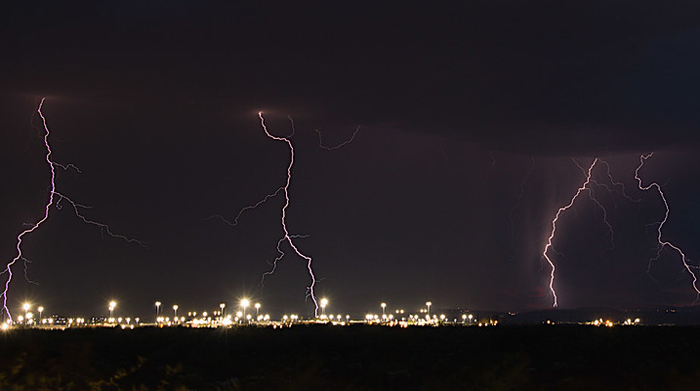ISO New England Deploys New PEAT Early Warning System

Image courtesy of A Guy Named Nyal under Attribution-ShareAlike 2.0 Generic License, resized to 700 x 391 pixels.
ISO New England, in conjunction with the Electric Power Research Institute (EPRI), has developed a new early warning system called PEAT – which stands for Probabilistic Energy Adequacy Tool. I read about this initiative with great interest, because early detection is a critical element of emergency preparedness. Let’s take a closer look at this impressive effort.
Background and Origin of PEAT
The first step in the development process involved research and analysis, specifically around how the region’s system would hold up under stressful weather or operational conditions. This study, entitled “Operational Impacts of Extreme Weather Events,” was future-based, focusing on conditions that would cause an energy shortfall in 2027 and 2032.
The study looked at factors such as temperature, cloud cover, and wind speed that might impact power generation at a time when demand is higher and a greater percentage of the energy mix is from renewable sources, and modeled various future extreme weather scenarios. Researchers reviewed over 70 years of New England weather data to flesh out the data set.
The framework for PEAT was born from this research and analysis. The tool is designed to identify conditions that might create an energy shortfall (i.e., when electricity supply falls below demand), well in advance of when these conditions would actually present themselves.
The next step is for the participants to develop a “Regional Energy Shortfall Threshold” that would define an acceptable level of energy shortfall risk. Then, if a PEAT assessment exceeds the threshold, action can be taken to minimize the impact. What these actions will be also remains to be determined and will likely not be finalized until 2025.
The bottom line is that having an early warning of an impending emergency situation provides a crucial advantage when it comes to reacting to the situation. Thanks to PEAT, the New England region will be better prepared going forward, and hopefully this tool – or similar ones – will continue to ingrain themselves in the emergency planning process of other industry players going forward.



